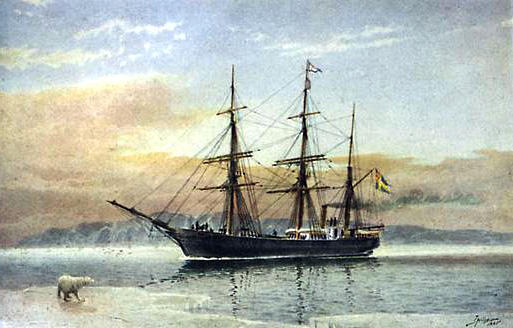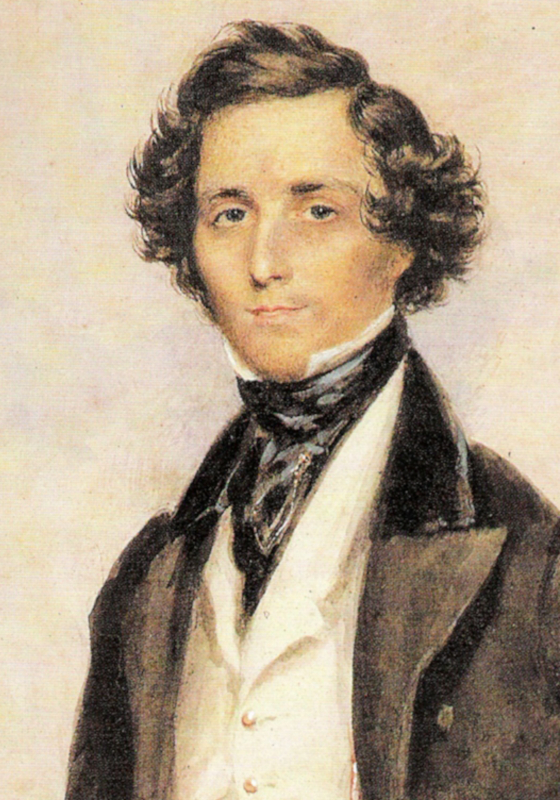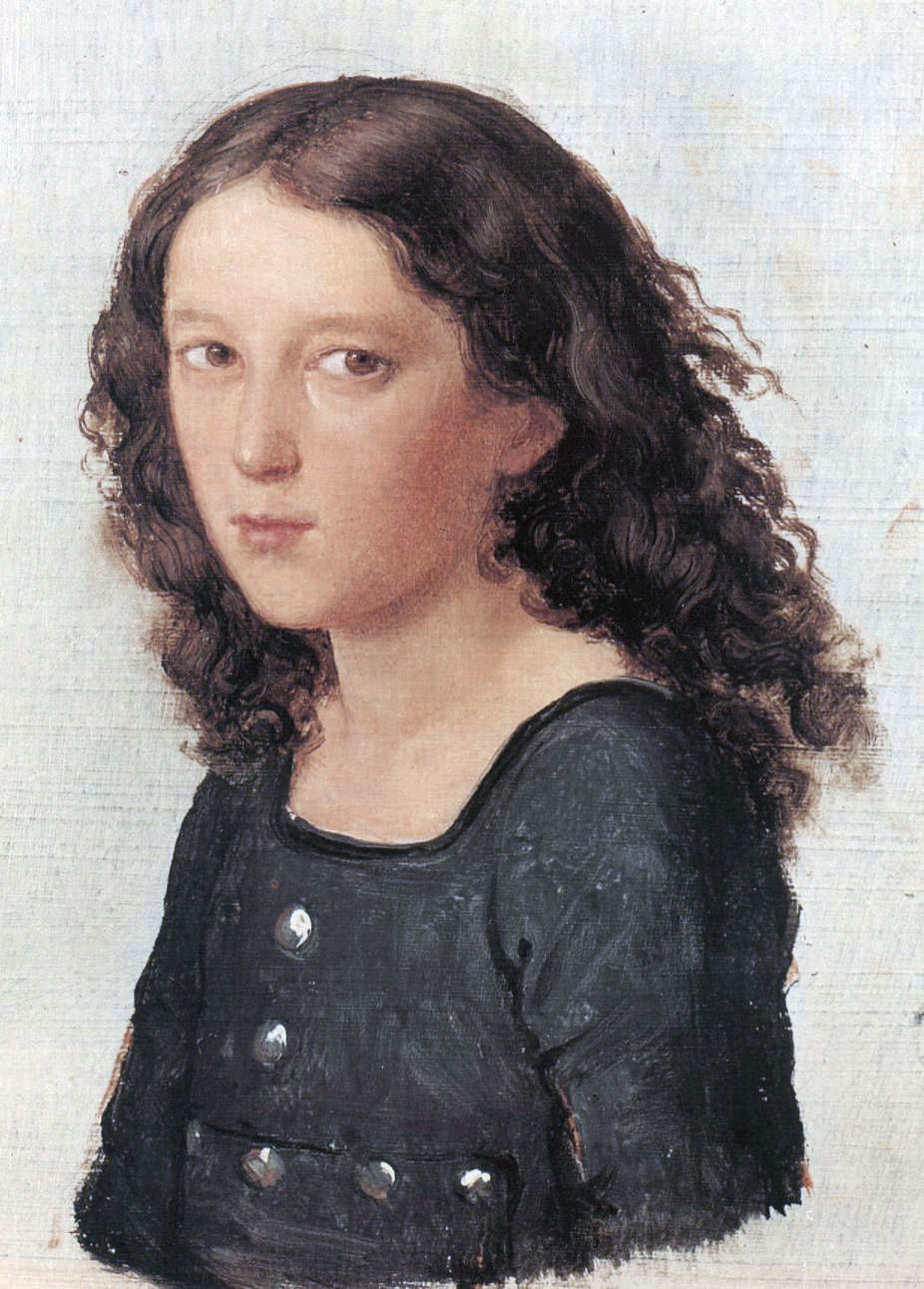|
John Schneidler
Vice Admiral John Christoffer Schneidler (4 June 1868 – 26 April 1958) was a senior Swedish Navy officer. He served as head of the Royal Swedish Naval Staff College from 1919 to 1923, commander of Karlskrona Naval Yard from 1923 to 1925 and as head of the Royal Swedish Naval Materiel Administration from 1925 to 1933. Early life Schneidler was born on 4 June 1868 in Stockholm, Sweden, the son of Carl Edvard Schneidler, a bookbinder and stationer, and his wife Amalia Carolina Fredrika Granström. He had two brothers; Herman Gustaf Schneidler, a merchant, and Edvard Schneidler, a wholesaler. John Schneidler was great-grandson to the bookbinder and craftsman . Career Schneidler was commissioned as a naval officer with the rank of ''underlöjtnant'' in the Swedish Navy in 1888 and was promoted to sub-lieutenant in 1890. He attended the Royal Swedish Army Staff College from 1892 to 1894. A few years later he was flag lieutenant (''flaggadjutant'') in the Coastal Squadron (''Kusteskad ... [...More Info...] [...Related Items...] OR: [Wikipedia] [Google] [Baidu] |
Stockholm
Stockholm (; ) is the Capital city, capital and List of urban areas in Sweden by population, most populous city of Sweden, as well as the List of urban areas in the Nordic countries, largest urban area in the Nordic countries. Approximately 1 million people live in the Stockholm Municipality, municipality, with 1.6 million in the Stockholm urban area, urban area, and 2.5 million in the Metropolitan Stockholm, metropolitan area. The city stretches across fourteen islands where Mälaren, Lake Mälaren flows into the Baltic Sea. Outside the city to the east, and along the coast, is the island chain of the Stockholm archipelago. The area has been settled since the Stone Age, in the 6th millennium BC, and was founded as a city in 1252 by Swedish statesman Birger Jarl. The city serves as the county seat of Stockholm County. Stockholm is the cultural, media, political, and economic centre of Sweden. The Stockholm region alone accounts for over a third of the country's Gros ... [...More Info...] [...Related Items...] OR: [Wikipedia] [Google] [Baidu] |
Paris
Paris () is the Capital city, capital and List of communes in France with over 20,000 inhabitants, largest city of France. With an estimated population of 2,048,472 residents in January 2025 in an area of more than , Paris is the List of cities in the European Union by population within city limits, fourth-most populous city in the European Union and the List of cities proper by population density, 30th most densely populated city in the world in 2022. Since the 17th century, Paris has been one of the world's major centres of finance, diplomacy, commerce, culture, Fashion capital, fashion, and gastronomy. Because of its leading role in the French art, arts and Science and technology in France, sciences and its early adoption of extensive street lighting, Paris became known as the City of Light in the 19th century. The City of Paris is the centre of the Île-de-France region, or Paris Region, with an official estimated population of 12,271,794 inhabitants in January 2023, or ... [...More Info...] [...Related Items...] OR: [Wikipedia] [Google] [Baidu] |
Chief Of Navy (Sweden)
The Chief of Navy (, MC) is the most senior appointment in the Swedish Navy. The position Chief of Navy was introduced in 1936 and the current form in 2014. History Until 1936 the Swedish monarch was the Supreme Commander of the Swedish Armed Forces and had formally maintained the Chief of the Navy position together with the Chief of the Military Office of the Minister of Defence in the Ministry of Defence, which is in fact maintained the position. The position of a single professional "Chief of the Navy" (, CM) was established in 1936 in accordance with the Defence Act of 1936. The position of Chief of the Navy existed from 1936 to 1994 and during this time it was his responsibility to lead the navy units production and development. During the period 1936 to 1961 the Chief of the Navy also had an operational commanding responsibility for the naval forces. Following a larger reorganization of the Swedish Armed Forces in 1994, the staff agency Chief of the Navy ceased to exist ... [...More Info...] [...Related Items...] OR: [Wikipedia] [Google] [Baidu] |
Swedish Naval Quartermaster Corps
The Swedish Naval Quartermaster Corps (, MintK) was an administrative corps of the Swedish Navy. The Swedish Naval Quartermaster Corps was established in 1903 through a parliamentary decision and operated from 1904 to 1966. It included various ranks of naval quartermasters and civilian personnel who performed both military and administrative duties in the Swedish Navy and the Swedish Coastal Artillery. Recruitment involved training quartermaster students, who needed to pass specific educational requirements. Before the corps was formed, similar duties were handled by the Navy's civilian staff dating back to the 1680s. The structure was modernized in the early 20th century, with training for reserve quartermasters beginning in 1914. In 1937, the corps became a military unit, integrating training with the Royal Swedish Naval Academy and emphasizing logistics. The corps' responsibilities included supplying the naval forces with provisions, clothing, equipment, and fuel, as well as rela ... [...More Info...] [...Related Items...] OR: [Wikipedia] [Google] [Baidu] |
Louis Palander
Adolf Arnold Louis Palander af Vega (2 October 1842 – 7 August 1920) was a Swedish naval officer, mostly remembered as the captain on Adolf Erik Nordenskiöld's Vega expedition, the first successful attempt to navigate the Northeast Passage. Early navy career Louis Palander was born in Karlskrona, Sweden. His father Axel Fredrik Palander was a rear admiral in the Swedish Navy, and the director of the Royal Navy shipyard in Karlskrona. His mother was Emelie Jacquette Constance du Rées. Louis Palander became a naval cadet at the early age of 14. In 1864 he graduated from the Royal Swedish Naval Academy at Karlberg Palace as a second lieutenant and participated in expeditions to the Mediterranean, Sierra Leone and Liberia on the corvette ''Gefle'', as well as in a trip to the United States. After several other appointments at sea, Louis Palander participated in Nordenskiöld's expedition to Spitsbergen in 1868, on board the steamer ''Sofia''. The ship's captain was bar ... [...More Info...] [...Related Items...] OR: [Wikipedia] [Google] [Baidu] |
Prince Bernadotte
Prince Bernadotte is a title that has been used by several members of the House of Bernadotte. It is most commonly known as a title granted to men who were formerly titled as princes of Sweden before losing their royal titles when they married unequally and against the Swedish constitution (''enskild mans dotter'' [approximately "daughter of a common man"]). It was created in 1892 as a non-hereditary title in the nobility of Luxembourg and conferred upon Prince Oscar Bernadotte, Oscar Bernadotte by Adolphe, Grand Duke of Luxembourg. A title with the same name was subsequently created in 1937 as a non-hereditary title in the nobility of Belgium and conferred upon Prince Carl Bernadotte, Carl Bernadotte by King Leopold III of Belgium. The wives of these princes of Luxembourgish and Belgian nobility were then granted the title of ''Princess Bernadotte''. The title was also used in the early 19th century with reference to Charles XIV John of Sweden, Jean Baptiste Jules Bernadotte, the sub ... [...More Info...] [...Related Items...] OR: [Wikipedia] [Google] [Baidu] |
Life Guards Of Horse
Life Guards of Horse (, K 1) was a Swedish Army cavalry regiment, first raised in 1770. It saw service for two centuries, before being amalgamated with the Life Regiment Dragoons (K 2) to form the Life Regiment of Horse (K 1) in 1928. History The regiment was raised on 20 February 1770 by Jacob Magnus Sprengtporten as the Finnish Light Dragoon Corps (''Finska lätta dragonkåren''). The unit was set up as a Regular army, regular dragoon corps in Uusimaa Province, Nyland County, Finland as a reinforcement of the border guard along the Kymi (river), Kymmene River. The corps then consisted of 150 men and was based in Porvoo, Borgå. In 1773 the corps was increased to 250 men (5 squadrons), and was given the name Life Guards of Horse (''Livgardet till häst'') and was based partly in Stockholm, partly in Borgå, Finland. In 1777, it was based in Stockholm, Södertälje, Enköping and Sigtuna. From 1811, the unit was only based in Stockholm. After changing its name several times, i ... [...More Info...] [...Related Items...] OR: [Wikipedia] [Google] [Baidu] |
A Midsummer Night's Dream (Mendelssohn)
On two occasions, Felix Mendelssohn composed music for William Shakespeare's play ''A Midsummer Night's Dream'' (in German ''Ein Sommernachtstraum''). First in 1826, near the start of his career, he wrote a concert overture ( Op. 21). Later, in 1842, five years before his death, he wrote incidental music (Op. 61) for a production of the play, into which he incorporated the existing overture. The incidental music includes the famous " Wedding March". Overture The overture in E major, Op. 21, was written by Mendelssohn at 17 years and 6 months old (it was finished on 6 August 1826).'' Grove's Dictionary of Music and Musicians'', 5th ed., 1954 The near-contemporary music scholar George Grove called it "the greatest marvel of early maturity that the world has ever seen in music". It was written as a concert overture, not associated with any performance of the play. The overture was written after Mendelssohn had read a German translation of the play in 1826. The translation was by ... [...More Info...] [...Related Items...] OR: [Wikipedia] [Google] [Baidu] |
Felix Mendelssohn
Jakob Ludwig Felix Mendelssohn Bartholdy (3 February 18094 November 1847), widely known as Felix Mendelssohn, was a German composer, pianist, organist and conductor of the early Romantic music, Romantic period. Mendelssohn's compositions include symphony, symphonies, concertos, piano music, organ music and chamber music. His best-known works include the Overture#Concert overture, overture and incidental music for ''A Midsummer Night's Dream (Mendelssohn), A Midsummer Night's Dream'' (which includes his "Wedding March (Mendelssohn), Wedding March"), the ''Symphony No. 4 (Mendelssohn), Italian'' and ''Symphony No. 3 (Mendelssohn), Scottish'' Symphonies, the oratorios ''St. Paul (oratorio), St. Paul'' and ''Elijah (oratorio), Elijah'', the ''The Hebrides (overture), Hebrides'' Overture, the mature Violin Concerto (Mendelssohn), Violin Concerto, the Octet (Mendelssohn), String Octet, and the melody used in the Christmas carol "Hark! The Herald Angels Sing". Mendelssohn's ''Songs W ... [...More Info...] [...Related Items...] OR: [Wikipedia] [Google] [Baidu] |
Skeppsholmen Church
The Skeppsholmen Church () is a former church on the islet of Skeppsholmen in central Stockholm, Sweden. History Named after its location, the church was built 1823-1849 to replace a minor wooden church on Blasieholmen destroyed in the devastating fire of 1822. Inaugurated by King Charles XIV John on 24 July 1842 and still officially carrying his name, it was designed by the architect Fredrik Blom as a neoclassical octahedral temple inspired by the Pantheon in Rome, borrowing the coffered ceiling while substituting the oculus for the temple-shaped lantern light. On all sides, the plain white walls restored in 1998 are pierced by portals whose four pillars support semi-circular lunettes. Inside the cruciform exterior, the interior sheet of the wooden double cupola is supported by paired doric columns and rounded arches. Accompanying the painted altarpiece are niches with statues of the apostles and two plaster groups. Eric Ericsonhallen The Skeppsholmen parish was dis ... [...More Info...] [...Related Items...] OR: [Wikipedia] [Google] [Baidu] |
Coastal Fleet
The Coastal Fleet (, Kfl) was until 1994 a Swedish Navy authority with the main task of training the naval ships commanders and crews. After the formation of the authority Swedish Armed Forces in 1994, the Coastal Fleet remained as a unit until 2000. History The Coastal Fleet was the operational unit within the Swedish Navy, created from the combat forces capable of maritime operations. The Coastal Fleet was intended to serve as the mobile naval defence or battle group, encompassing all naval warfare capabilities such as artillery, torpedoes, and mines. It was designed to be capable of countering hostile actions along the Swedish coastlines independently of local defence tasks. The Swedish Kustflottan ; formed for the dissolution of the union between Norway and Sweden ; gathered to Gothenburg consisted of a total of eight coastal defense armored cruisers, four torpedo cruisers, two destroyers, 24 torpedo boats and a submarine (based on the US Holland-class boat). According ... [...More Info...] [...Related Items...] OR: [Wikipedia] [Google] [Baidu] |
Flag Captain (Sweden)
Flag captain () was in the Swedish Navy a captain or commander who served as deputy to a fleet commander. During the 1900s, the flag captain served as chief of staff of ''Flaggen'', the staff of the Chief of the Coastal Fleet. History A flag captain was a naval officer in the Swedish Navy holding the rank of captain or commander, appointed as the chief of staff to the 'highest commanding officer.' If he was a flag officer, the flag captain would carry the flag, designated as the command sign, with the standard prescribed for the 'squadron commander'; otherwise, they would carry the broad pennant (''galjadett'') designated for the ' department commander'. According to regulations in force before 1875, a flag captain was an officer of the rank of flag officer or regimental officer, assigned to assist the commander of a fleet consisting of at least six ships of the line, frigates, or battalion of archipelago ships. Between 1904 and 2000, the flag captain served as chief of staff of ' ... [...More Info...] [...Related Items...] OR: [Wikipedia] [Google] [Baidu] |






